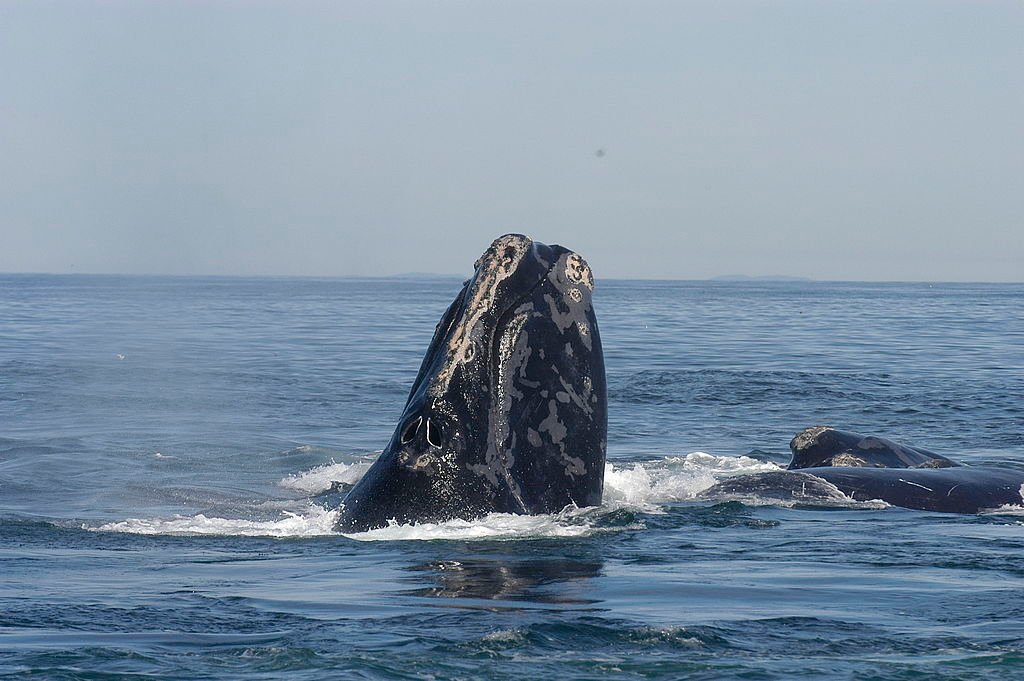With only 70 breeding females left, North Atlantic right whales could vanish by 2035. Here’s why their extinction would trigger an ecological chain reaction and how we can still stop it.
The Silent Collapse of an Ocean Giant
North Atlantic right whales once hunted to near-extinction for their oil-rich blubber now face a deadlier threat: human industry. Despite protections since 1935, their population has plummeted to ~370 individuals, with vessel strikes and fishing gear entanglements killing 1 in 4 since 2017.
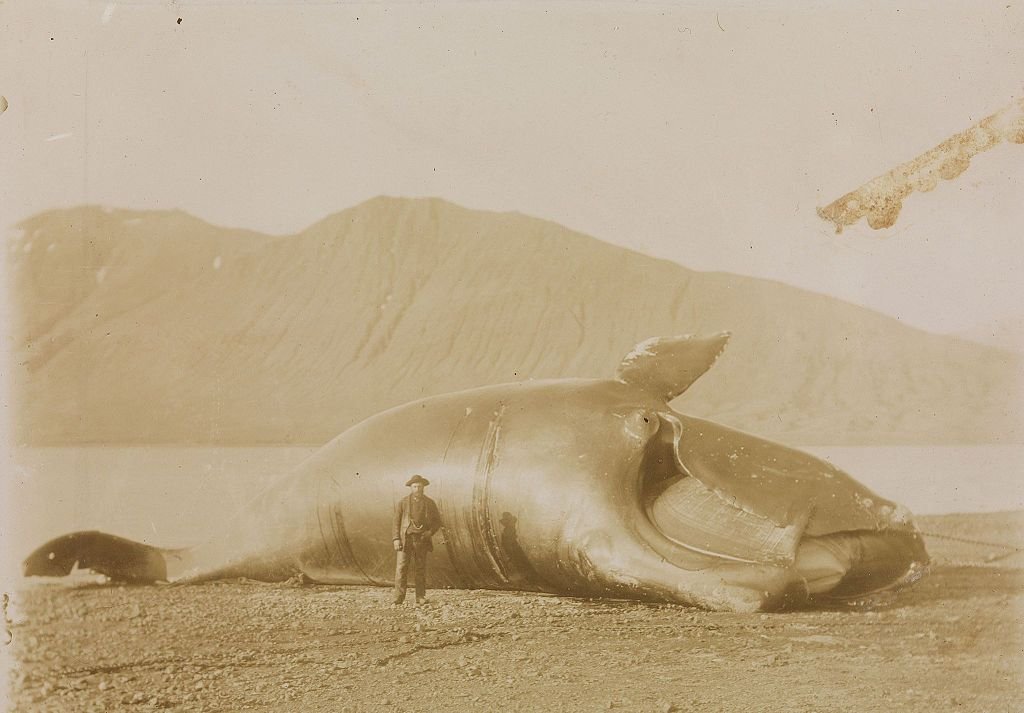
Why they’re vanishing:
- Slow reproduction: Females birth one calf every 6–10 years (vs. historic 3–5).
- Shrinking mothers: Stress/malnutrition has reduced average body length by 7% since 1980—equivalent to humans losing 5 inches.
- Invisible killers: 90% of boat collisions occur because mariners never see the whale.
“They’re dying from a thousand cuts,” says Dr. Michael Moore, a WHOI marine biologist. “Each death pushes the species closer to functional extinction.”
Whale Poop: The Unsung Hero of Climate Fight
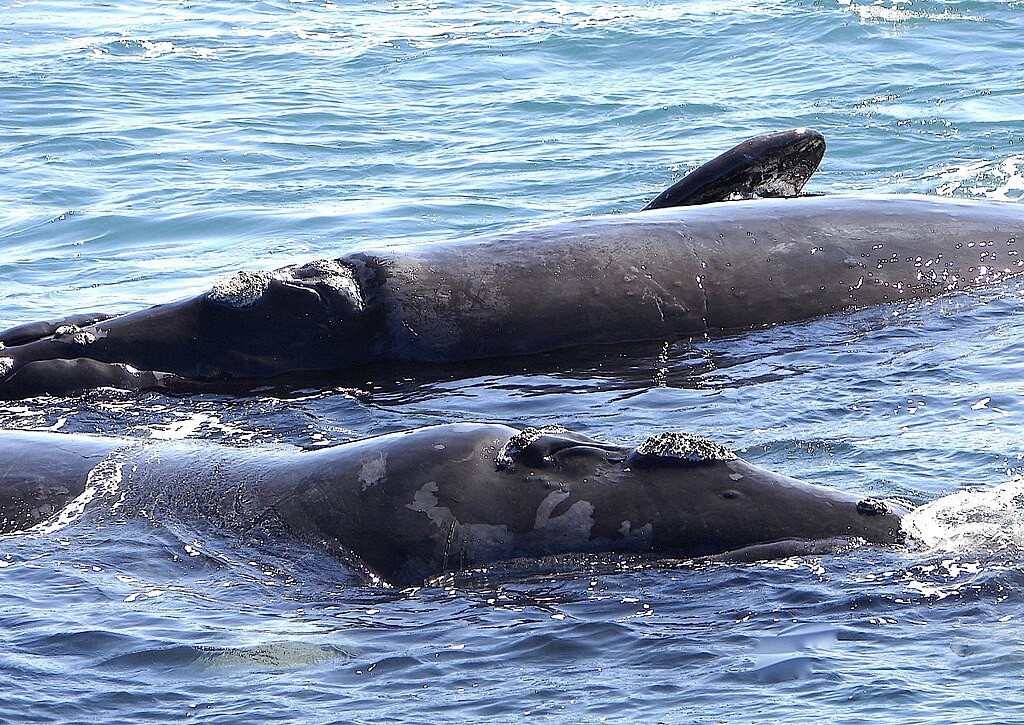
Right whales are marine gardeners. They fertilizing phytoplankton that:
- Produce 50% of Earth’s oxygen
- Sequester 40% of global CO2 (equivalent to 1.7 trillion trees)
How it works:
- Whales eat 2,400 lbs of zooplankton daily, preventing algal blooms.
- Their iron-rich feces boost phytoplankton growth by 30%.
- Migrations spread nutrients 11,500+ km (Florida to Norway).
Lose the whales, and the ocean’s “lungs” suffocate.
Death by Fishing Rope: A Grisly Autopsy Report
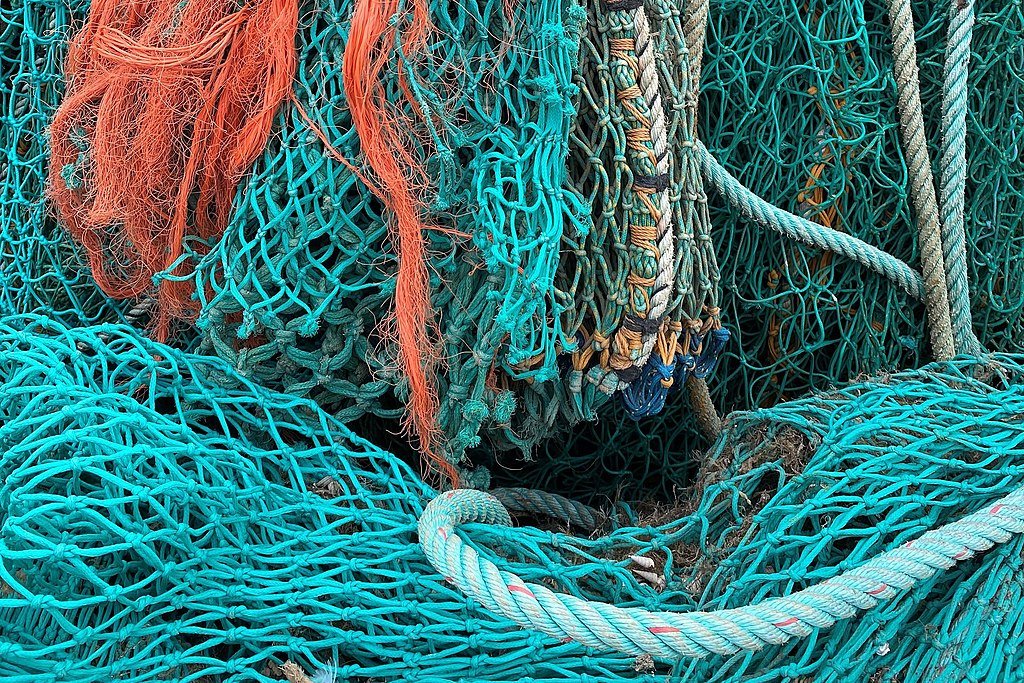
A 2024 necropsy of “Cottontail,” a 10-year-old male, revealed:
- 600 feet of rope embedded in his flesh
- Septicemia from infected wounds
- Starvation as the gear prevented feeding
By the numbers:
- 83% of right whales bear entanglement scars
- Crab/lobster gear causes 86% of entanglements
- Only 1 in 3 survive severe entanglements
“It’s like swimming through a minefield of cheese wire,” says Moore.
The 35-Knot Killer: Why Speed Limits Save Whales
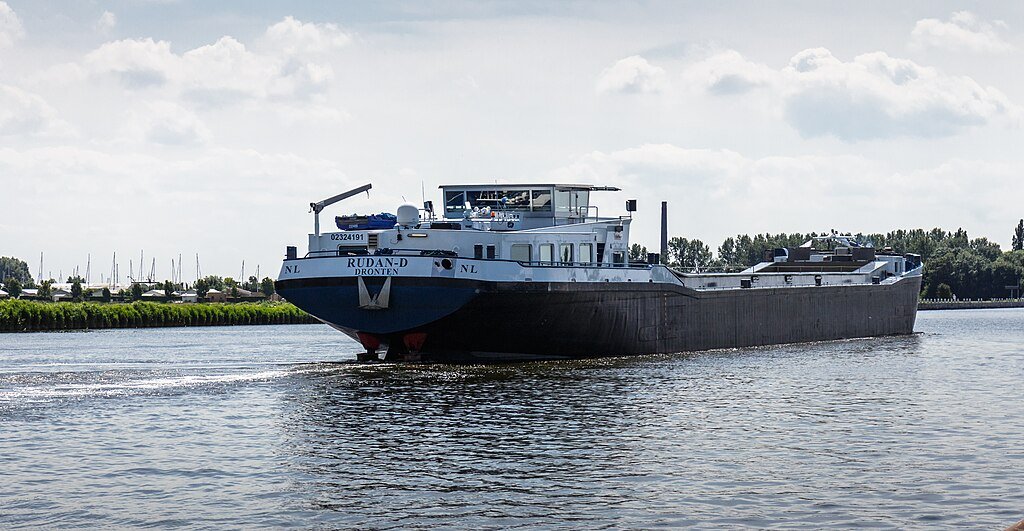
A 65-foot whale vs. a cargo ship is no contest:
- 10-knot ships: 45% chance of lethal strike
- 18-knot ships: 100% mortality rate
Progress & pitfalls:
- East Coast seasonal slowdowns reduced deaths by 30%
- Exemptions for military/tankers still cause 40% of strikes
- Whale Alert app now warns ships via AI-detected sightings
Quiet Crisis: How Ocean Noise Starves Whales

After 9/11, a unique experiment revealed:
- With ship traffic halted, whale stress hormones dropped 60%
- Call ranges expanded 4x, improving mating/finding food
Today, seismic blasts and ship engines drown out 90% of their calls like trying to whisper at a rock concert.
The Ropeless Fishing Revolution
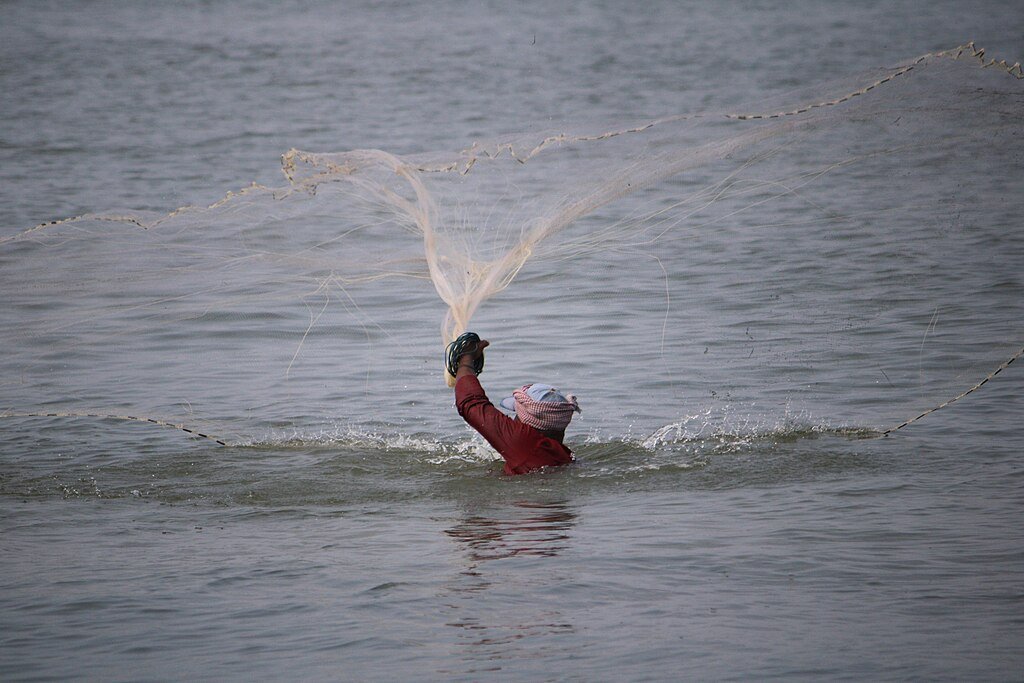
Innovations offering hope:
- Pop-up buoys: Traps surface via acoustic triggers
- Weak-link ropes: Break at 1,700 lbs (whale-safe but catch-strong)
- Lobster gear buybacks: Canada’s $20M program cuts rope use
“Fishermen don’t want to kill whales,” says Patrice McCarron of Maine Lobstermen’s Association. “We just need affordable alternatives.”
How You Can Be a Whale’s Lifeline
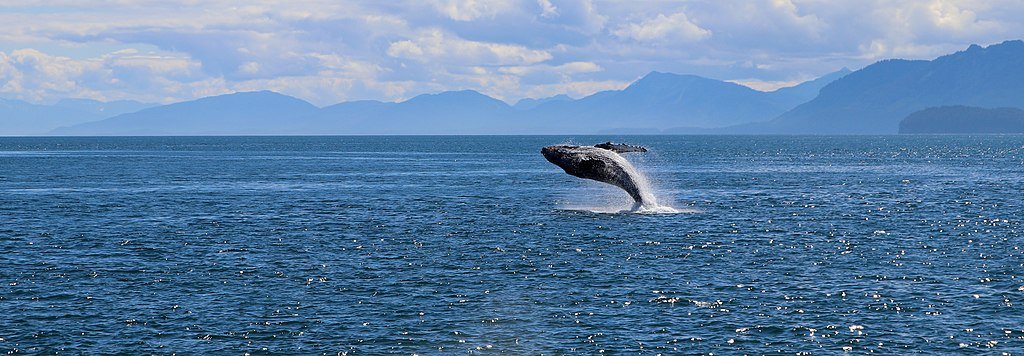
- Choose rope-free seafood (look for MSC “whale-safe” labels)
- Support speed limit laws via IFAW petitions
- Report sightings on Whale Alert (even beachgoers help!)
“Extinction isn’t inevitable,” stresses IFAW’s Sharon Livermore. “But the countdown clock is loud.”
Source:
IFAW: Right Whale Crisis

Suhail Ahmed is a passionate digital professional and nature enthusiast with over 8 years of experience in content strategy, SEO, web development, and digital operations. Alongside his freelance journey, Suhail actively contributes to nature and wildlife platforms like Discover Wildlife, where he channels his curiosity for the planet into engaging, educational storytelling.
With a strong background in managing digital ecosystems — from ecommerce stores and WordPress websites to social media and automation — Suhail merges technical precision with creative insight. His content reflects a rare balance: SEO-friendly yet deeply human, data-informed yet emotionally resonant.
Driven by a love for discovery and storytelling, Suhail believes in using digital platforms to amplify causes that matter — especially those protecting Earth’s biodiversity and inspiring sustainable living. Whether he’s managing online projects or crafting wildlife content, his goal remains the same: to inform, inspire, and leave a positive digital footprint.

